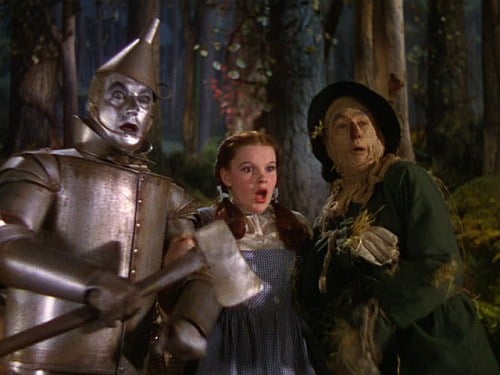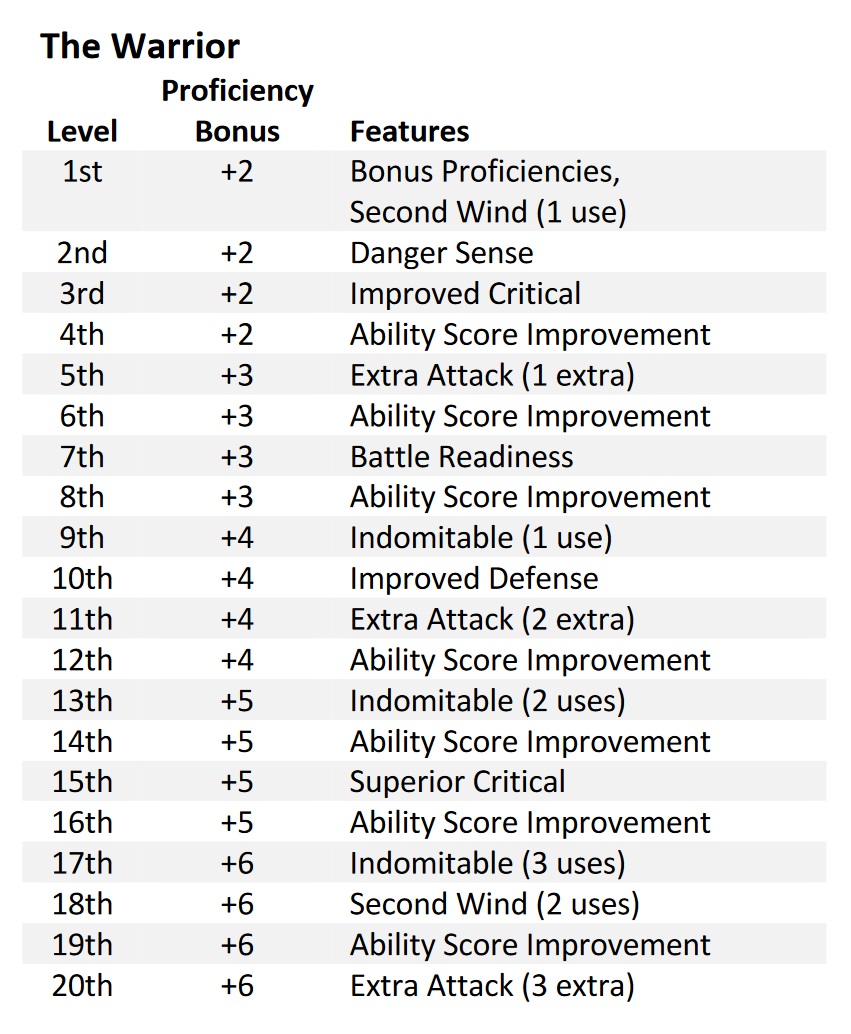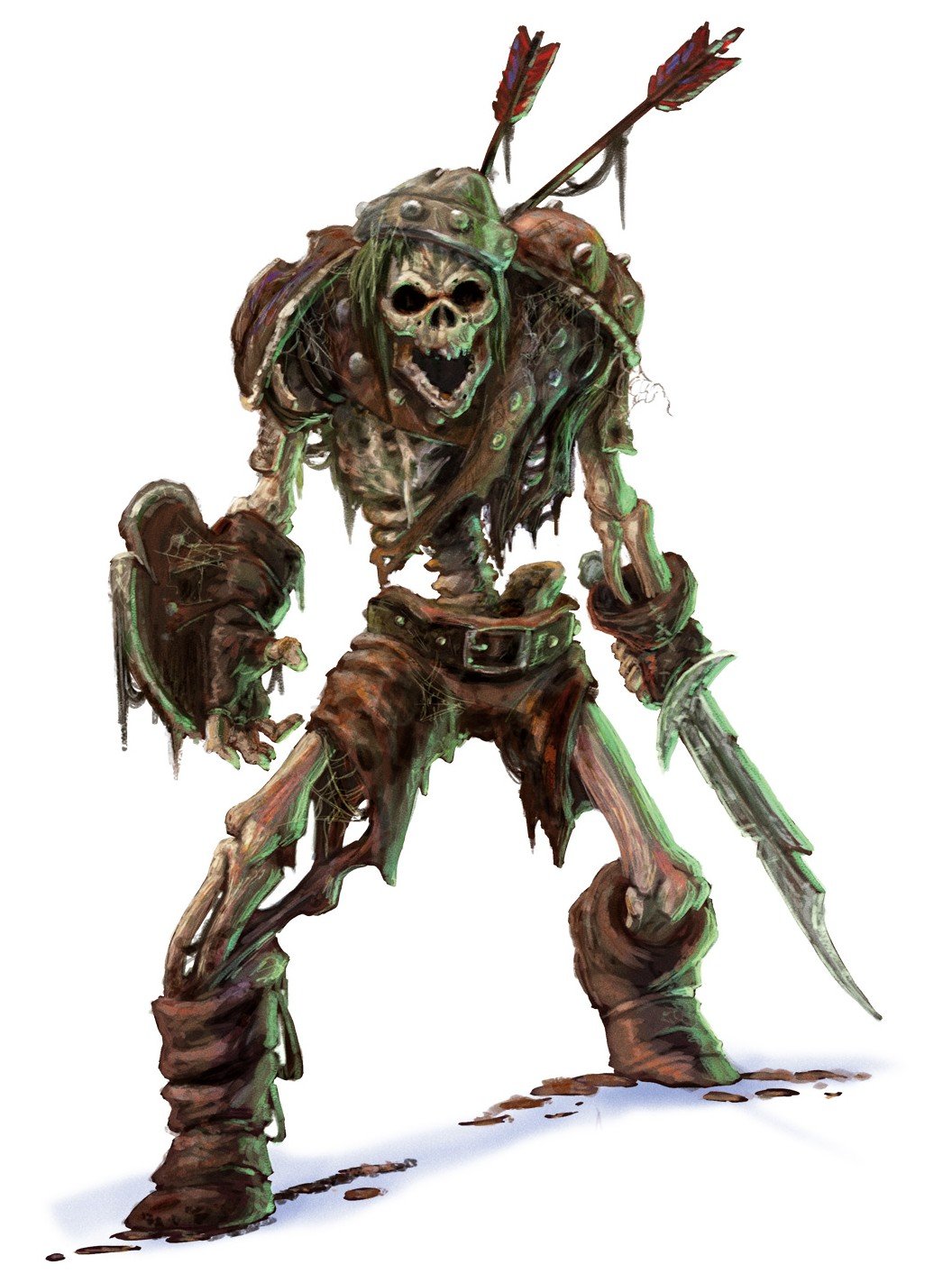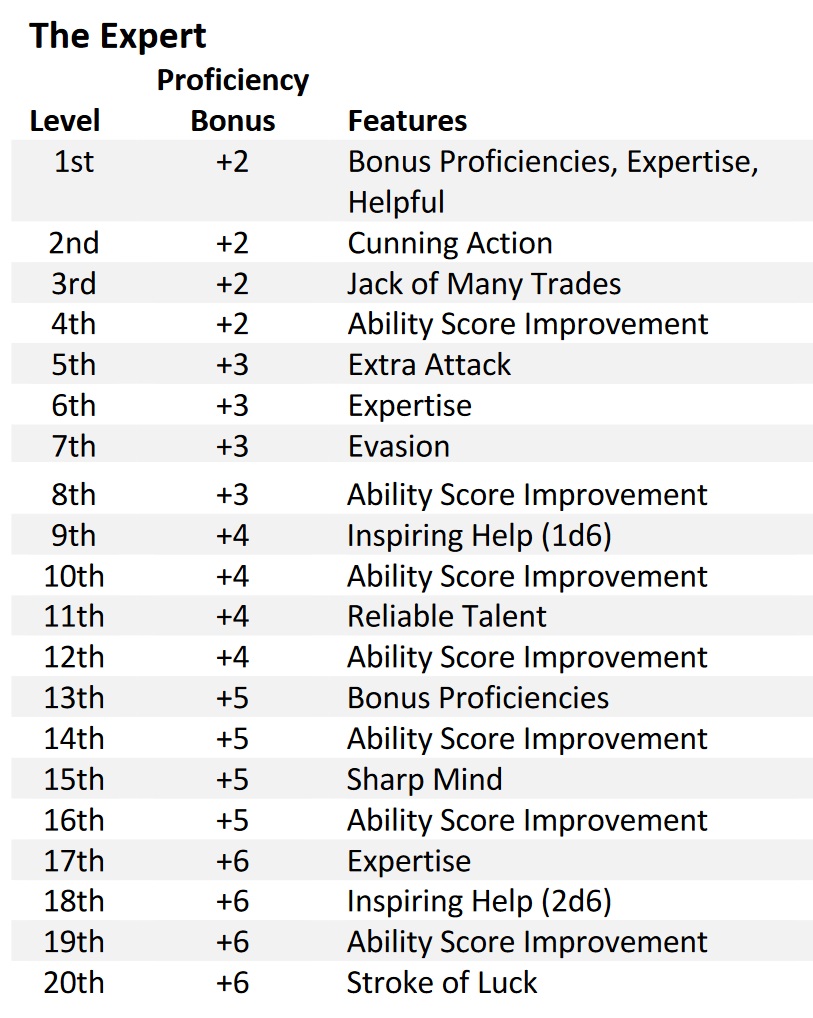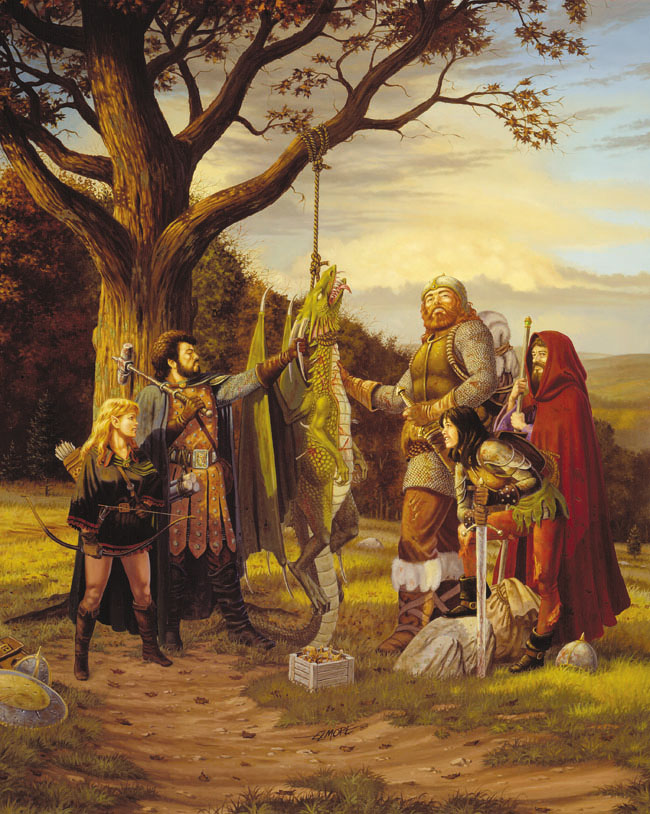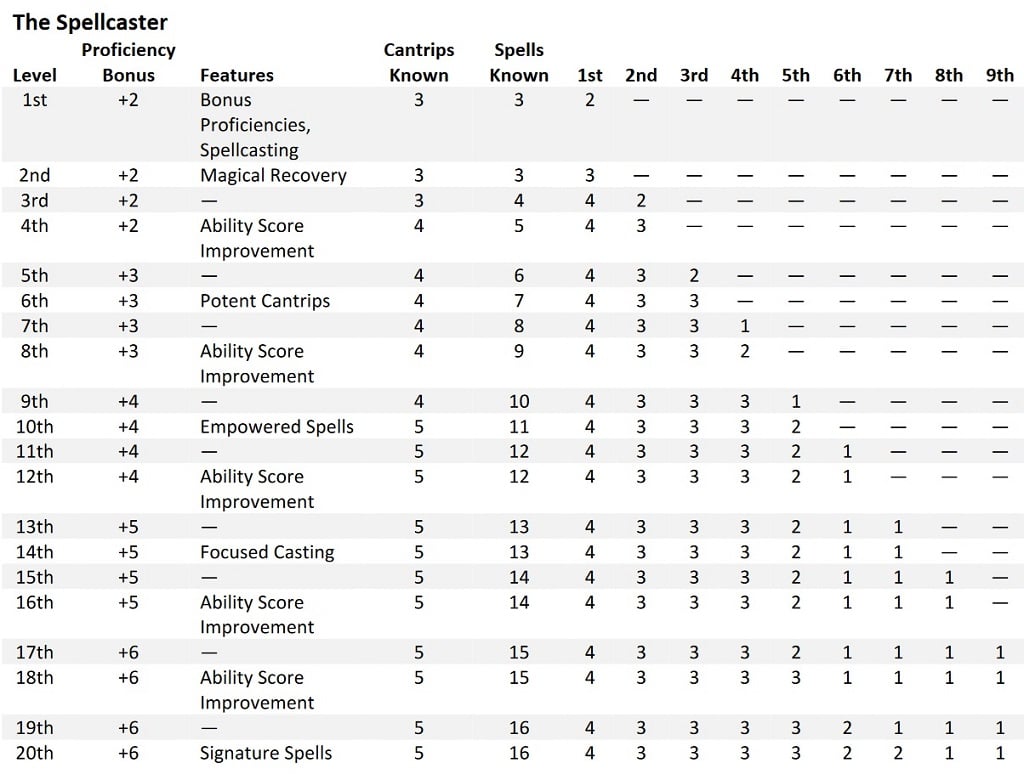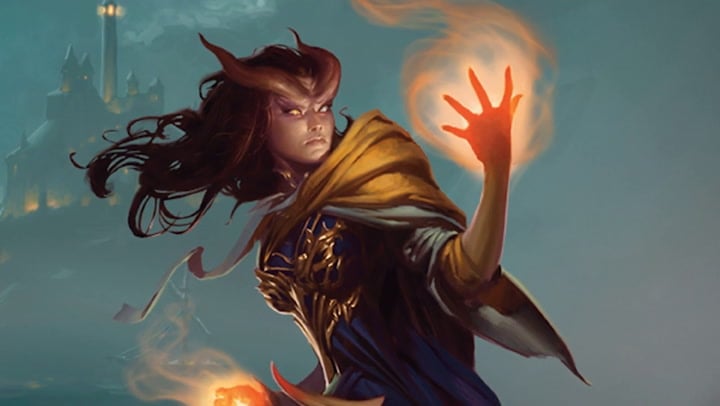D&D: Only Have A Couple Of Players? Sidekicks Are Here For You
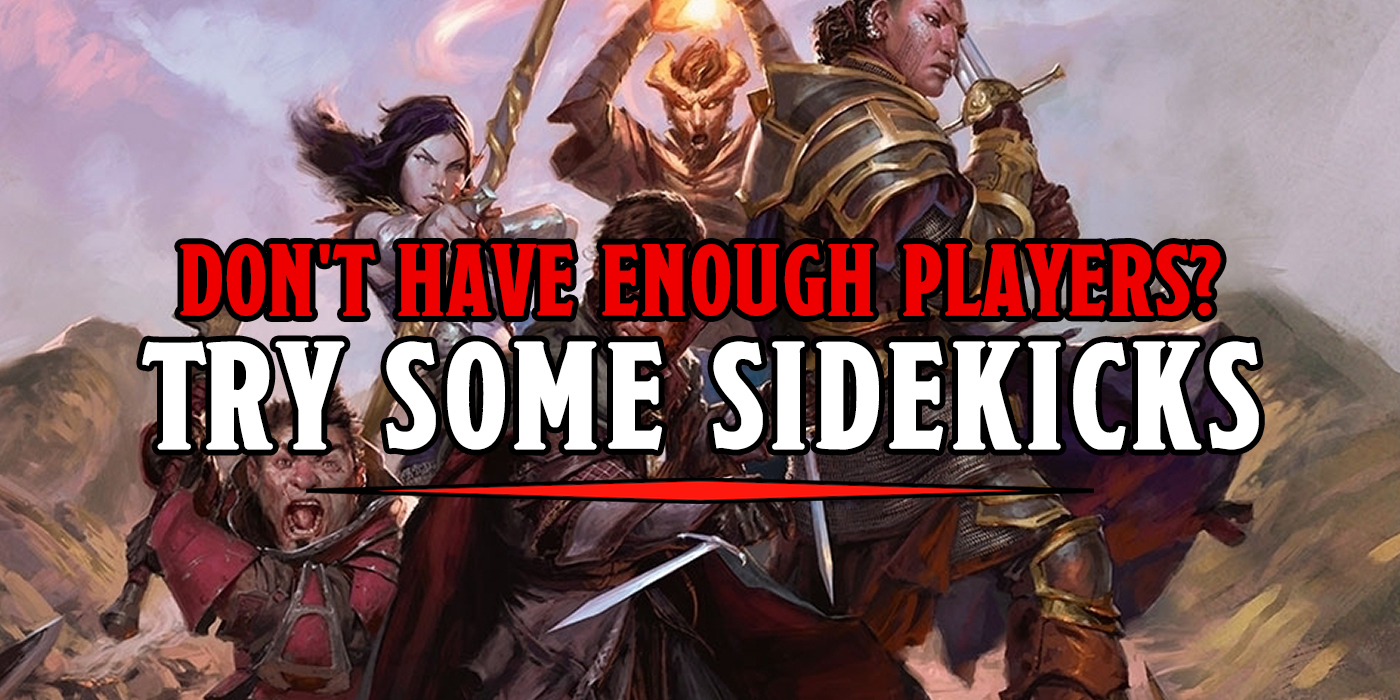
D&D can be challenging if you can only scrape together a couple of players. Even the odds with these sidekick rules to help power up your party.
With everyone stuck at home, D&D is a fantastic way to escape the realities of lockdown and get some adventure in. But if you don’t have a group, finding players can be tricky, which is why we’re taking a look back at one of the more extensive alternate sets of rules released through Unearthed Arcana, the rules for Sidekicks and giving your friendly npcs class levels to keep up.
The guidelines presented can transform an ally of any kind–whether human or animal or otherwise–into a companion that gains skills and levels and abilities as the party advances. And how do you do that? By giving them some of these Sidekick Classes.
via Wizards of the Coast
There are three different Sidekick Classes, Warrior, Expert, and Spellcaster, and if you’re getting some serious NPC Class vibes that’s because these are very close, and I’d argue they’re the spiritual successors of things like 3.5’s NPC classes. Two even share the same name, but, these play very differently. And taken at face value, they are about comparable to some PC classes, you could probably use these as some basic classes if you have people new to D&D and want to help them learn the ropes; all three classes are straightforward to play but still allow for some cool surprises. They’re powerful enough that you could still feel like you’re hanging with the big kids; in fact at first glance, some players might complain about how good they seem.
Many players will look at the Spellcaster and see that you can take the Sorcerer or Warlock spells list, cast with Charisma, and still gain loads of casting and cool features. But they won’t realize that these are trading off a lot of the flavor of the other classes (namely Pact abilities and Metamagic, which is arguably the stronger of the two and what makes Sorcerers superior to many casters in spite of their lower number of spells known) for some more straightforward magic. And more to the point, they also won’t see that these classes are designed to add to creatures that are CR 1 or lower–which frequently will have more than 1 hit dice to begin with.
So a player with a Brown Bear Sidekick, for instance, will probably be around 5th level or so, and will, as they level up, have a Sidekick that levels up from 1–so that 4d10 Bear gains levels as they go, but will always be at least a little behind the party.
Warrior
The Warrior is an excellent catchall class for any Sidekick that is all about fighting or being tough. Most animal companions that level up along with you fall under this category, but these can also be Squires or Knights or foot soldiers–basically any creature that primarily does physical violence counts as a Warrior.
Got some favorite undead you want to keep around?
And Warriors get a ton of cool stuff: Second Wind and Improved Critical are straight out of the Champion Fighter, while Danger Sense and Battle Readiness are lifted straight off of the basic Barbarian chassis. And that right there should give you the gist of what you’re getting. It’s like playing something between a Fighter and Barbarian, without getting any of the fancy features, just sort of steadily exchanging base class features until level 20. But it makes for an awesome warrior type.
Expert
Also known as the skill monkey class, the Expert is all about providing aid to whomever they’re the Sidekick to. This can be through the Inspiring Help, or other features that move towards supporting player characters.
Don’t have a skill? Your Expert Sidekick is ready to help you out. And as you level up Reliable Talent will play incredibly well with both Expertise and Jack of Many Trades. This class combines the basics of the Rogue and the Bard into a decent little support character.
Spellcaster
Here’s where things start to get interesting. The Spellcaster is the one that’s most likely to ruffle a few feathers (except for players of Beastmaster Rangers who will look at the Warrior Sidekick and find new ways to complain about being underpowered, which to be fair, they’d be right) because it carries a few features that are straight up better than their PC counterparts. Things like Potent Cantrips are a great example, with the PC version offering disadvantage on saves from Cantrips, while the NPC version just gets to add their spellcasting modifier to damaging Cantrips.
At any rate–these all feel like they’re on the right track. I think both the Spellcaster and the Expert could do with a little tweaking–and it would be nice to see these classes feel a little more distinc, but all in all they’re easy to use. And all it takes is a little creativity and you can apply them to anything. Want specific summoned creatures that feel unique or like they’re buffed a little more than the Conjurer Wizard does? Here you go. Want to work an animal companion into your play, or even have that one NPC Guard you befriended turn into a trusted sword, ever at your side? Knock ’em out,
These rules might not be perfect, but they’re all inspiring. Reading through the list of classes does what it should: it makes you think about how you’ll use them in the game, and gets you excited to play. They give characters some fantastic non-leveling up goals to chase after. It’s satisfying to seek out an apprentice for your Wizard or an acolyte or even just novice warrior for a Cleric. Having someone to pass things on to can also really amp up your engagement with your own character.
After all, you have to know what you’re talking about in order to explain it to someone else.
Happy Adventuring!

